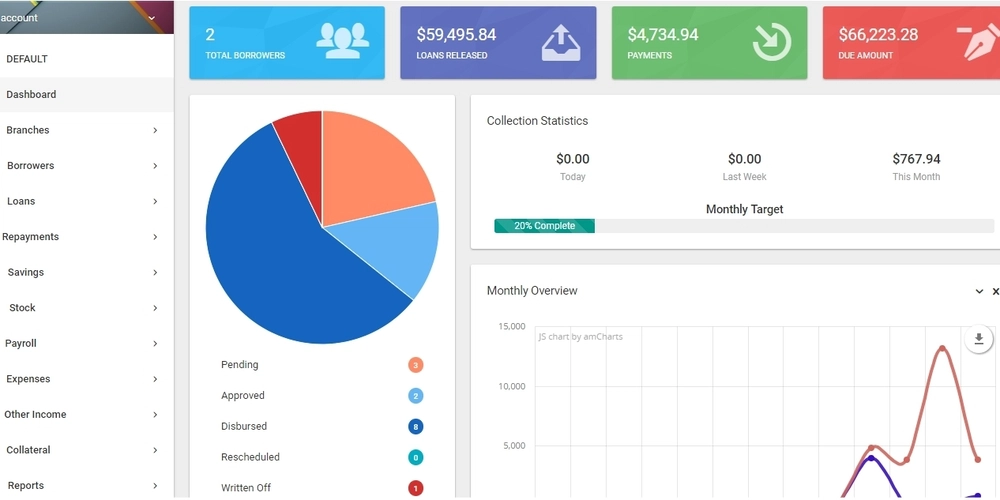What is Social Engineering - What Are Social Engineering Attacks? Types, Tricks, and How to Stay Safe Online
Cybersecurity isn’t just about strong passwords and firewalls, sometimes, the weakest link is human behavior. Let’s uncover how attackers use social engineering to trick people into handing over sensitive information. Emotional Manipulation: The Core of Social Engineering Social engineering relies on manipulating emotions like fear, trust, or urgency to exploit victims. Phishing is the most common method, where fake emails or messages push users to click malicious links or share personal data. Spear Phishing: Personalized Attacks on High-Value Targets Spear phishing goes one step further by targeting specific individuals or roles within an organization like HR managers or executives using personalized messages that appear legitimate. Vishing and Smishing: Voice and SMS Scams Vishing and smishing swap emails for phone calls or texts, pretending to be banks or service providers asking you to “verify” sensitive details. Clone Phishing: Familiar Emails with Malicious Links Clone phishing mimics real emails but swaps out links with dangerous ones, tricking users into entering credentials on fake websites. Evil Twin Attacks: Fake Wi-Fi Networks That Steal Your Data Evil twin attacks set up fake public Wi-Fi spots that look real but capture everything you do online, from login details to private conversations. So, always double-check what you click, who you trust, and where you connect. Staying alert is your best defense against social engineering attacks. Watch the full YouTube video to get the complete information: Enroll in our course “Complete Cybersecurity Certification - ISC2” on Udemy: Check out our website to explore our further courses and other services: Thanks and Let’s Keep Learning Together, Team of Imran Afzal

Cybersecurity isn’t just about strong passwords and firewalls, sometimes, the weakest link is human behavior.
Let’s uncover how attackers use social engineering to trick people into handing over sensitive information.
Emotional Manipulation: The Core of Social Engineering
Social engineering relies on manipulating emotions like fear, trust, or urgency to exploit victims. Phishing is the most common method, where fake emails or messages push users to click malicious links or share personal data.
Spear Phishing: Personalized Attacks on High-Value Targets
Spear phishing goes one step further by targeting specific individuals or roles within an organization like HR managers or executives using personalized messages that appear legitimate.
Vishing and Smishing: Voice and SMS Scams
Vishing and smishing swap emails for phone calls or texts, pretending to be banks or service providers asking you to “verify” sensitive details.
Clone Phishing: Familiar Emails with Malicious Links
Clone phishing mimics real emails but swaps out links with dangerous ones, tricking users into entering credentials on fake websites.
Evil Twin Attacks: Fake Wi-Fi Networks That Steal Your Data
Evil twin attacks set up fake public Wi-Fi spots that look real but capture everything you do online, from login details to private conversations.
So, always double-check what you click, who you trust, and where you connect. Staying alert is your best defense against social engineering attacks.
Watch the full YouTube video to get the complete information:
Enroll in our course “Complete Cybersecurity Certification - ISC2” on Udemy:
Check out our website to explore our further courses and other services:
Thanks and Let’s Keep Learning Together,
Team of Imran Afzal









































































































































































![[The AI Show Episode 144]: ChatGPT’s New Memory, Shopify CEO’s Leaked “AI First” Memo, Google Cloud Next Releases, o3 and o4-mini Coming Soon & Llama 4’s Rocky Launch](https://www.marketingaiinstitute.com/hubfs/ep%20144%20cover.png)




























































































































![[DEALS] The All-in-One Microsoft Office Pro 2019 for Windows: Lifetime License + Windows 11 Pro Bundle (89% off) & Other Deals Up To 98% Off](https://www.javacodegeeks.com/wp-content/uploads/2012/12/jcg-logo.jpg)



























![Is this too much for a modular monolith system? [closed]](https://i.sstatic.net/pYL1nsfg.png)






















































































































_Andreas_Prott_Alamy.jpg?width=1280&auto=webp&quality=80&disable=upscale#)
































































































![What features do you get with Gemini Advanced? [April 2025]](https://i0.wp.com/9to5google.com/wp-content/uploads/sites/4/2024/02/gemini-advanced-cover.jpg?resize=1200%2C628&quality=82&strip=all&ssl=1)













![Apple Shares Official Trailer for 'Long Way Home' Starring Ewan McGregor and Charley Boorman [Video]](https://www.iclarified.com/images/news/97069/97069/97069-640.jpg)
![Apple Watch Series 10 Back On Sale for $299! [Lowest Price Ever]](https://www.iclarified.com/images/news/96657/96657/96657-640.jpg)
![EU Postpones Apple App Store Fines Amid Tariff Negotiations [Report]](https://www.iclarified.com/images/news/97068/97068/97068-640.jpg)
![Apple Slips to Fifth in China's Smartphone Market with 9% Decline [Report]](https://www.iclarified.com/images/news/97065/97065/97065-640.jpg)




































































































































